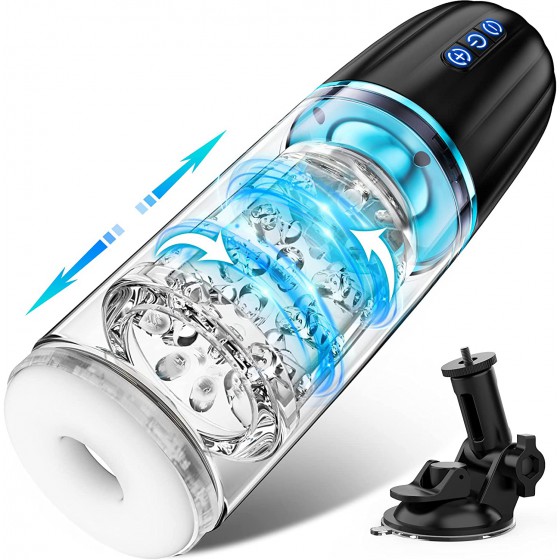Misunderstandings about IVF
It has been more than 20 years since the world’s first test-tube baby was born, and it has been more than ten years since IVF technology (in vitro fertilization-embryo transfer technology) entered China, but this technology is still shrouded in mystery in society. , many people know little about it, and even some people in the medical field don’t know much about it. Here are answers and clarifications to some questions and misunderstandings about IVF.
1. IVF is "artificially created" by the hospital and is not the flesh and blood of the couple < /font>
This is the biggest misunderstanding. Many couples seeking medical treatment do not accept in vitro fertilization. A big psychological obstacle is that they mistakenly believe that in vitro fertilization is "artificially created" for them by the hospital using medical methods, or that it is eggs from the egg bank and sperm from the sperm bank used by the hospital. What was cultivated for them was not their own flesh and blood. In fact, most test-tube babies are cultivated from the eggs and sperm of both couples. It is impossible for hospitals to have so many surplus eggs and sperm. Except when a couple seeking medical treatment has no eggs (such as premature ovarian failure) or no sperm (such as azoospermia) and makes an application to request the hospital to provide eggs or sperm. Of course, test-tube babies are not "artificially manufactured" using medical materials in hospitals.
2. In vitro fertilization is an "extraordinary baby" and will be mentally retarded or disabled
This is also another major psychological obstacle for infertile couples who refuse to in vitro fertilize. Especially an article published some time ago reported that the IQ of IVF babies is lower than that of naturally conceived babies, which has aroused the doubts of many infertile couples. In fact, after more than 20 years of development, hundreds of thousands of test-tube babies have been born around the world. Early test-tube babies also gave birth to their own normal babies. Some larger-scale surveys and studies have confirmed that There is no significant difference in birth defects and subsequent physical and mental development between IVF and naturally conceived babies, so infertile couples can rest assured.
3. IVF has low success rate and high cost
Many infertile couples seeking medical treatment are concerned about the success rate and fees when applying for IVF technology. The success rate of early IVF technology was indeed low, below 10%. However, with the advancement of science, the technology has become increasingly mature and the success rate continues to increase. At present, this technology has been carried out in China for a long time, and the success rate of large medical institutions with rich experience has been It can reach about 40%, which is close to the international advanced level. This success rate does not mean that only 40 out of 100 couples who undergo in vitro fertilization can succeed, but it only means that 100 operations may have 40 chances of success. This is far higher than the chance of pregnancy for normal couples who have sex in the same room. The average number of couples who have sex in the same room is The chance of conception is about 5-6 ovulation cycles, which is about 20%. As for the cost, each hospital charges different fees. The average cost of carrying out this technology in China is about 15,000 yuan per time, not 100,000 or 80,000 yuan as in the legend.
This article comes from adult.6kmall.com and is published by netizens. This site only quotes it for reference. It does not mean that this site agrees with the views of the article. If you believe that the content and intellectual property rights of this article infringe upon your interests, please contact us.













